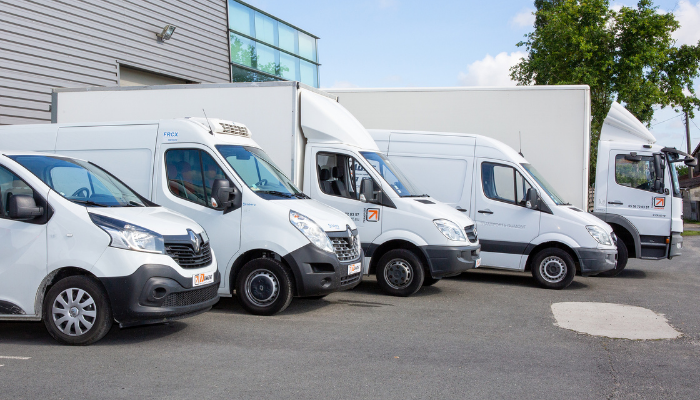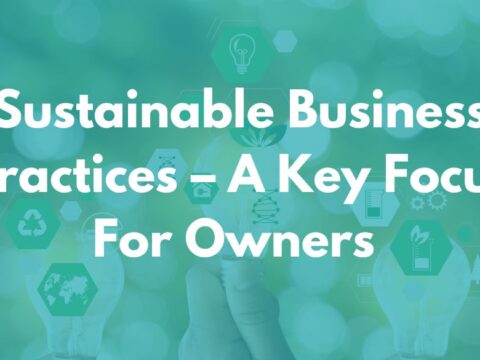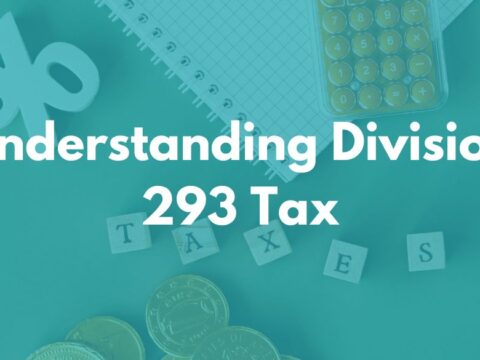Fringe Benefits Tax implications for vehicles with over 1 tonne carrying capacity
By Joshua Persson, Accountant at Allworths Chartered Accountants
We have noticed a common misconception amongst our clients regarding vehicles. Specifically, the notion that if a vehicle has a 1 tonne carrying capacity it is automatically exempt to Fringe Benefits Tax or “FBT”. While this is partly true, there are a number of requirements that need to be documented precisely to make this the case.
When is a vehicle with a carrying capacity over one tonne subject to FBT?
A vehicle with a carrying capacity over one tonne is subject to FBT if private use is not limited to home-to-work travel, and other private travel is not minor, infrequent, or irregular. Once private travel is more than minor, infrequent, or irregular, the vehicle becomes subject to FBT as a residual benefit. The ATO is taking a very narrow view on the matter this year, so we would recommend having a logbook in place to show that the vehicle is exempt from FBT.
What constitutes minor, infrequent, or irregular use?
The ATO provides guidance in PCG 2018/3 on what is considered minor, infrequent usage and what records need to be kept. The usage limitations advised in PCG 2018/3 are as follows:
- The employee uses the vehicle to travel between their home and work and any diversion adds no more than 2kms to the ordinary length of that trip
- For fully private journeys, the employee does not use the vehicle to travel more than 1,000kms in total per year
- For fully private journeys, the employee does not use the vehicle to travel a return journey that exceeds 200kms in total
What are the documentation requirements to prove they are exempt?
As the ATO will be taking a closer look at this, we recommend having a correctly completed logbook in place to prove that the vehicle qualifies for the exemption. Note: you need one logbook per vehicle.
What to include in your logbook:
- FBT year the logbook relates to
- Name of the employer
- Vehicle odometer readings at the start and end of the FBT year
- Number of kilometres travelled for each journey
- Make, model, engine capacity and registration number of the car
What to record for each journey:
- Reason for the journey (business or private). Note: just writing ‘business’ or something similar is not sufficient. Your entry should sufficiently describe the purpose of the journey so it can be classified as a business journey
- Start and end date of the journey
- Odometer readings at the start and end of each journey
- Kilometres travelled
Sample car logbook record:

Practical Compliance Guideline – PCG 2018/3
This guideline outlines a set of criteria that needs to be met in order to treat vehicles as exempt from FBT without needing to keep records about the employee’s use of the vehicle (to demonstrate that the private use of the vehicle is minor, infrequent and irregular). This guideline was put in place as there has been inconsistency in the methods used by employers to ensure compliance for car-related exemptions.
The set of criteria that needs to be met each year to rely upon this guideline are as follows:
- You provide an eligible vehicle to a current employee
- The vehicle is provided to the employee for business use to perform their work duties
- The vehicle had a GST-inclusive value less than the luxury car tax threshold at the time the vehicle was acquired
- The vehicle is not provided as part of a salary packaging arrangement and the employee cannot elect to receive additional remuneration in lieu of the use of the vehicle
- You have a policy in place that limits private use of the vehicle and obtain assurance from your employee that their use is limited to use as outlined below in points 6 and 7
- Your employee uses the vehicle to travel between their home and place of work and any diversion adds no more than two kilometres to the ordinary length of that trip
- For journeys undertaken for a wholly private purpose (other than between home and work), the employee does not use the vehicle to travel more than 1,000kms in total, and a return journey that exceeds 200kms.
Get in touch with us if you have any questions regarding the FBT on vehicles with carrying capacity over 1 tonne or anything else business tax-related.
IMPORTANT NOTICE
This document contains general information only. Allworths cannot guarantee the accuracy, completeness or timeliness of the information contained herein. By making this information available to you, we are not providing professional advice or recommendations. Allworths will not be held liable for any loss or damage arising from reliance on this document, including but not limited to any loss of profit, revenue, reputation, or any consequential losses. Before acting on any of the information contained in this document, you should seek professional advice.




